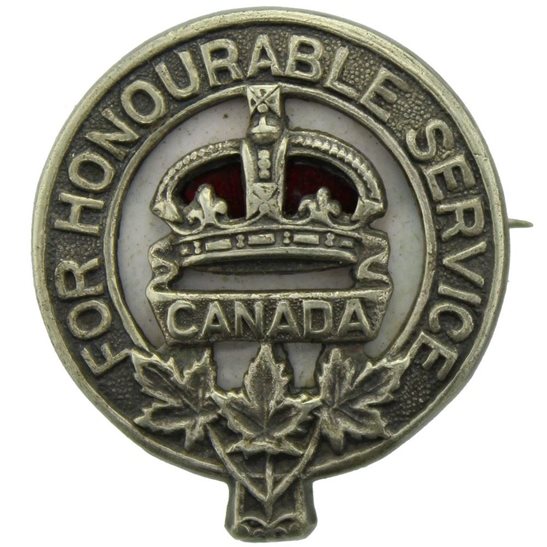Personal Details
Born: Henry, known as Harry, on 27 July 1879 in Whitchurch, Shropshire and baptised on 13 August 1879 at St. Alkmund`s Parish Church, Whitchurch.
Family: He was one of nine surviving children born to William Crewe, a labourer and his wife Ann nee Keefe. He married Lillie Challenor in 1903 in Whitchurch, Shropshire. The couple had two daughters, Doris and Evelyn.
Residence: In 1881 his family were living at Chemistry, Whitchurch, Shropshire. In 1891 he was living at 44 Yardington, Whitchurch. His address in 1901 was 13 Foresters Terrace, Ruabon, Denbighshire. At the time of his attestation in 1915 he was living at Oak Street, Nanaimo, Victoria, British Columbia, Canada. This was still his family home in 1921. In 1930 they were living in Alsace Avenue, Los Angeles, California, U.S.A..
Employment: He enlisted in the Imperial Yeomanry in 1901 at which time he was a moulder working for WH Smith, ironfounders. After leaving the Army in 1902 he joined the London and North Western Railway Company as a labourer. At the time of his enlistment in 1915 he was a teamster. By 1921 his occupation was a labourer.
Died: 10 May 1958 in Los Angeles, California, aged 79.
Military Details
Regiment: Canadian Expeditionary Force (Pioneer Battalion)
Rank: Lance Corporal
Service Number: 102097
Date of Enlistment: 1 September 1915
Date of Discharge: 1 June 1919
Reason for Discharge: Demobilisation
Other Information: Harry served in the Boer War, as did his brother Frederick William. He received a gunshot wound to his leg whilst serving in France during WW1. His brothers Arthur, George and Thomas and his uncle Charles also served with the Canadian Expeditionary Force during WW1.
Harry was awarded the Campaign medals (Victory and British War Medals) and the Canadian War Service Badge (number 176139)

The British War Medal (also known as 'Squeak') was a silver or bronze medal awarded to officers and men of the British and Imperial Forces who either entered a theatre of war or entered service overseas between 5th August 1914 and 11th November 1918 inclusive. This was later extended to services in Russia, Siberia and some other areas in 1919 and 1920. Approximately 6.5 million British War Medals were issued. Approximately 6.4 million of these were the silver versions of this medal. Around 110,000 of a bronze version were issued mainly to Chinese, Maltese and Indian Labour Corps. The front (obv or obverse) of the medal depicts the head of George V. The recipient's service number, rank, name and unit was impressed on the rim.
The Allied Victory Medal (also known as 'Wilfred') was issued by each of the allies. It was decided that each of the allies should each issue their own bronze victory medal with a similar design, similar equivalent wording and identical ribbon. The British medal was designed by W. McMillan. The front depicts a winged classical figure representing victory. Approximately 5.7 million victory medals were issued. Interestingly, eligibility for this medal was more restrictive and not everyone who received the British War Medal ('Squeak') also received the Victory Medal ('Wilfred'). However, in general, all recipients of 'Wilfred' also received 'Squeak' and all recipients of The 1914 Star or The 1914/1915 Star (also known as 'Pip') also received both 'Squeak' and 'Wilfred'. The recipient's service number, rank, name and unit was impressed on the rim.

The Canadian War Badge was awarded to members of the Canadian Expeditionary Force (CEF) who served in the United Kingdom or at the front, and who, due to old age, wounds or sickness, had retired or relinquished their commissions or been honourably discharged.

